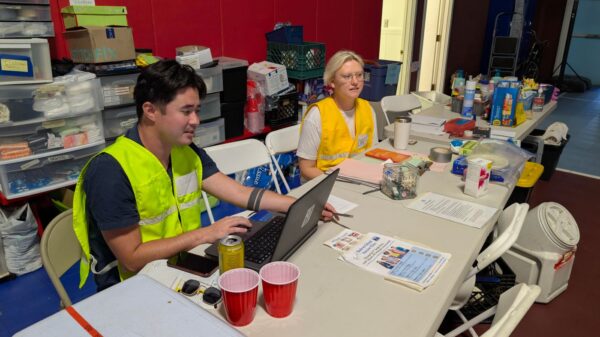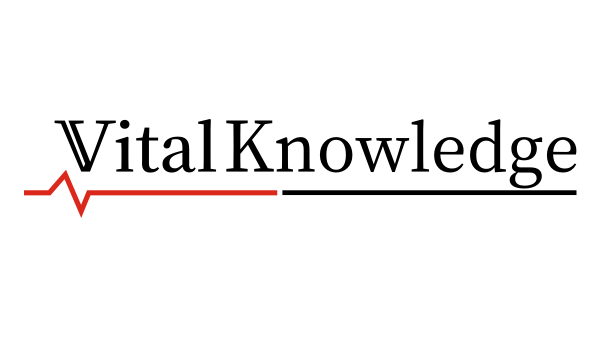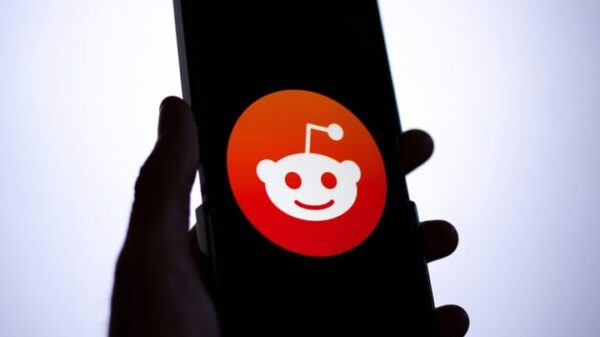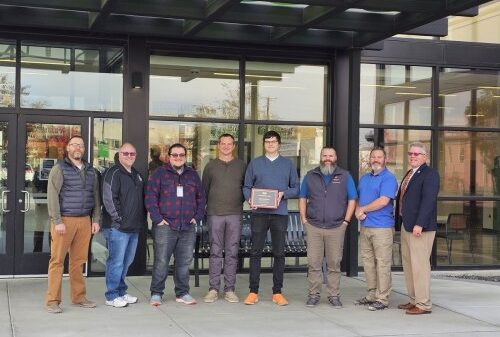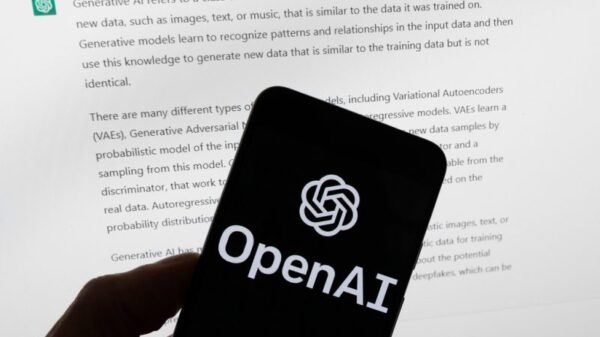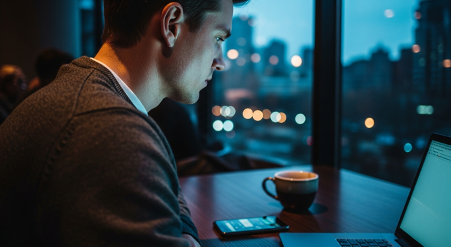The rise of public Wi-Fi networks has revolutionized how individuals access the internet, offering free connectivity in locations such as airports and coffee shops. However, this convenience comes with significant security risks. As reliance on these networks increases, cybercriminals exploit vulnerabilities, prompting authorities like the Transportation Security Administration (TSA) to issue warnings about the dangers associated with public Wi-Fi and charging ports.
The Risks of Public Wi-Fi Networks
Public Wi-Fi networks are inherently insecure, making them prime targets for cyberattacks that can compromise personal data. Understanding common threats is essential for protecting one’s digital life.
One prevalent risk is data snooping, where information transmitted over unsecured networks is intercepted by cybercriminals. Without encryption, sensitive data such as login credentials, private messages, and browsing history can be easily accessed. This intercepted information can lead to serious consequences, including identity theft and financial fraud.
Another significant threat is the evil twin attack. In this scenario, a hacker establishes a fake Wi-Fi hotspot that mimics a legitimate network, such as Airport_Guest_WiFi. Unaware users connect to this deceptive network, allowing hackers to capture every piece of data sent from their devices, including passwords and personal files.
Additionally, Man-in-the-Middle (MitM) attacks involve the interception and potential alteration of communication between users and websites. Both data snooping and the evil twin attack fall under this category. Phishing, a common method for account takeover, often employs MitM tactics. A report from 2024 indicated that 99% of organizations faced account takeover attempts, underscoring the prevalence of such threats.
Finally, hackers can also use public networks to deliver malware. Techniques like “ClickFix” trick users into executing malicious code, leading to malware installation on their devices.
Assessing Personal Risk and Protective Measures
Not all online activities carry the same level of risk. High-risk actions include logging into bank accounts, shopping, and accessing work emails, as these expose critical information. Medium-risk activities, such as social media usage, can lead to identity theft, while low-risk activities, like general web browsing, still allow attackers to monitor online habits.
A common misconception is that the lock icon in a browser’s address bar guarantees a secure connection. While HTTPS encrypts traffic between devices and websites, attackers on the same network can still view DNS requests, revealing visited sites and enabling them to build profiles of user behavior.
The belief that only high-profile individuals are targeted by cybercriminals is misleading. In reality, anyone using unsecured networks is at risk. A recent survey found that 40% of individuals have experienced information compromise while using public Wi-Fi, highlighting the need for widespread preventive measures.
Protecting oneself from public Wi-Fi risks doesn’t require extensive cybersecurity knowledge. Implementing a few key practices can significantly enhance digital safety.
Using a Virtual Private Network (VPN) is one of the most effective methods for securing connections on public Wi-Fi. A VPN creates a private, encrypted tunnel for internet traffic, making data unreadable to anyone on the network, including hackers and network administrators. For reliable protection, services like IPVanish offer robust encryption and a strict no-logs policy, ensuring user privacy.
Beyond utilizing a VPN, individuals should adopt essential safety habits. These include verifying network names with employees to avoid the evil twin trap, disabling auto-connect features on devices, enabling firewalls, and ensuring devices forget public networks after use. For sensitive tasks, using cellular data is safer than public Wi-Fi.
Additionally, enabling two-factor authentication (2FA) on critical accounts adds an extra layer of security, making it difficult for hackers to gain access even if passwords are compromised.
Security risks also extend beyond Wi-Fi networks. The TSA has warned about “juice jacking,” where public USB charging stations are modified to install malware or steal data. To mitigate this risk, users should charge devices using personal AC wall adapters or portable power banks.
Public Wi-Fi offers undeniable convenience, but the associated security risks necessitate caution. By understanding the threats and taking simple preventative measures, particularly the use of a reliable VPN, individuals can significantly reduce their exposure to cybercrime while enjoying the benefits of free internet access.


